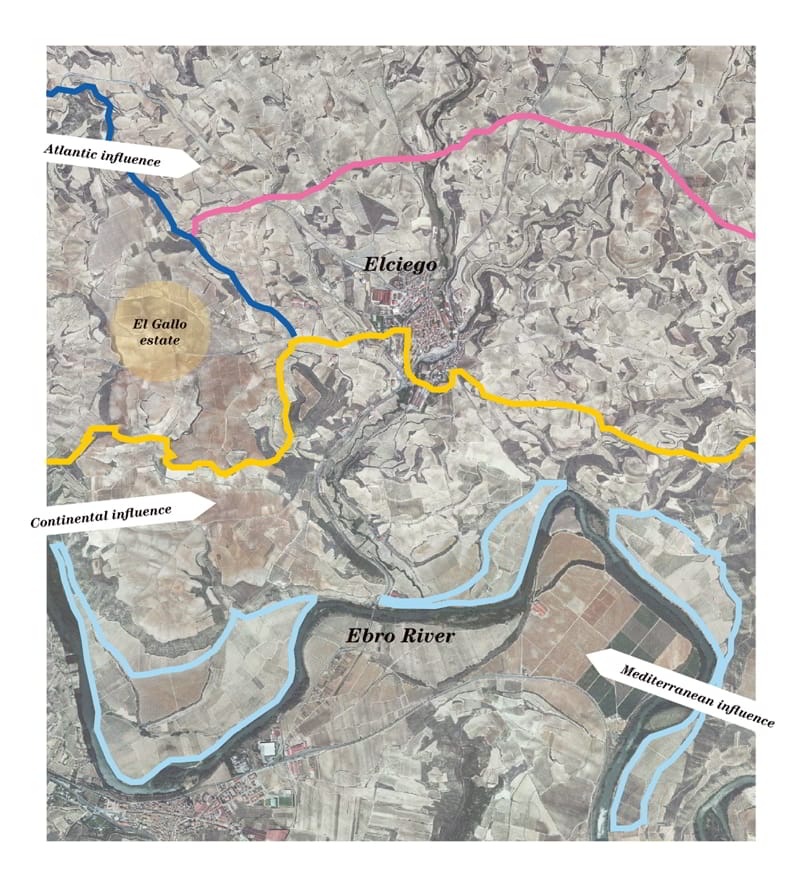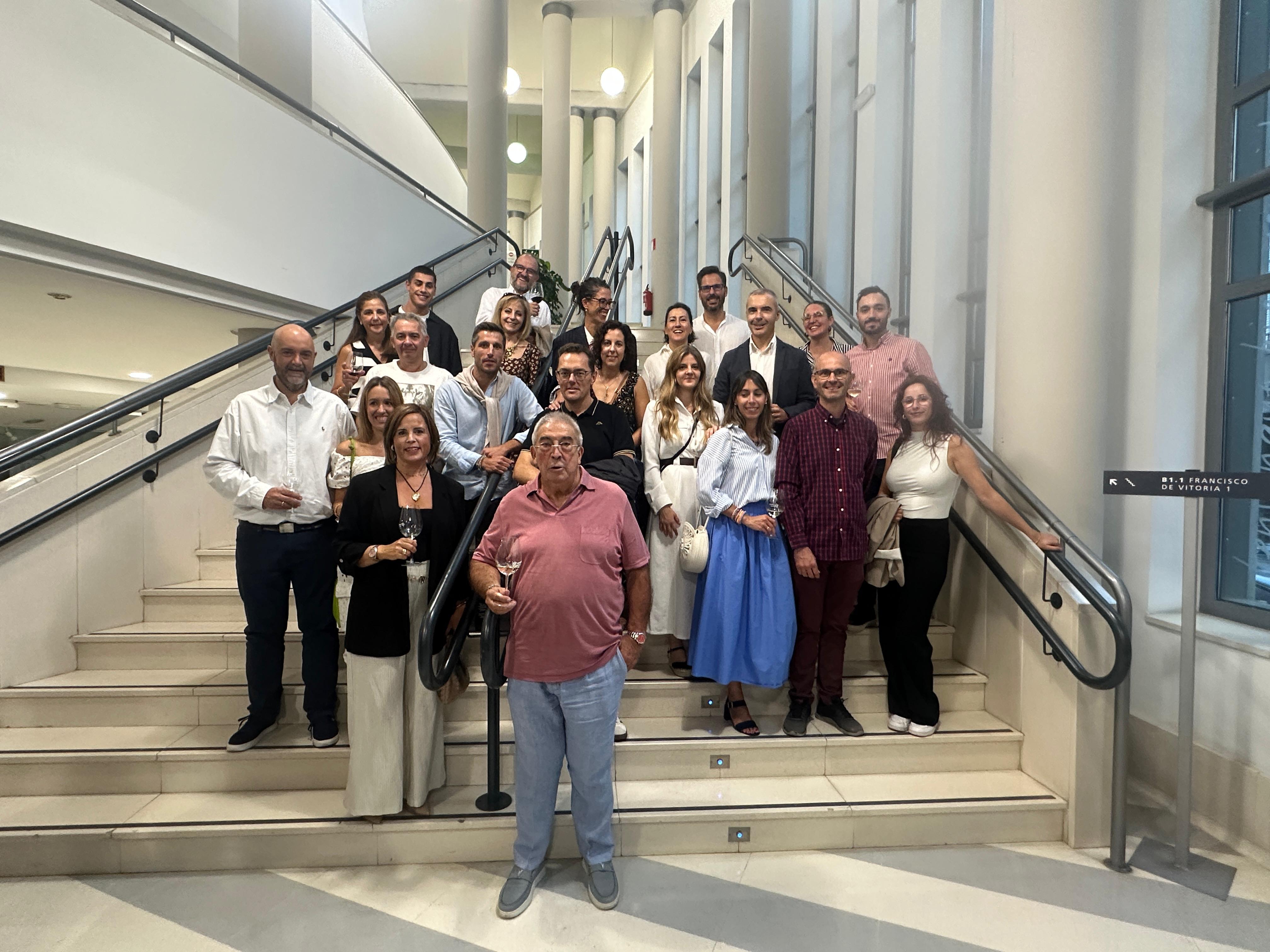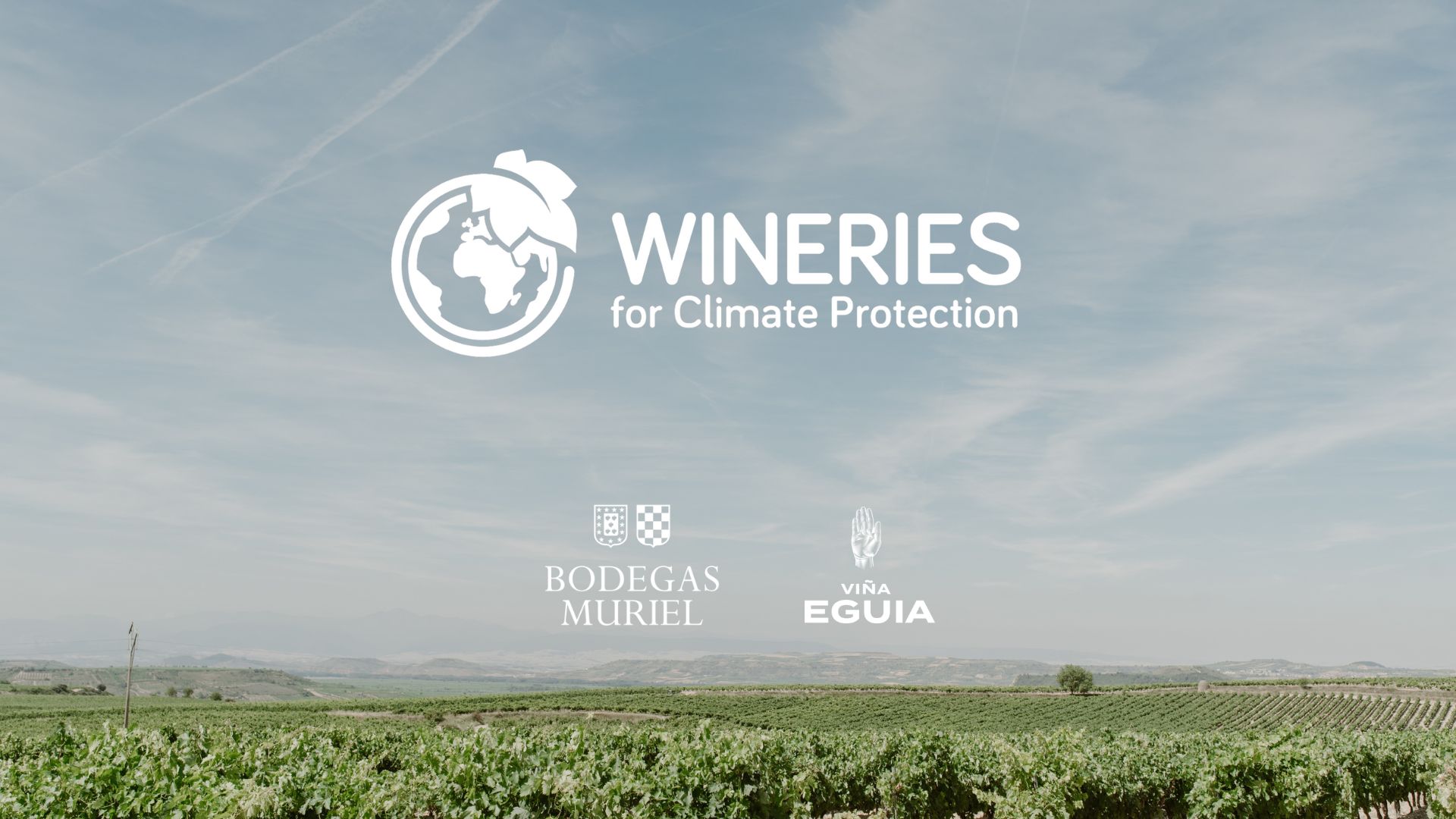"The new origin-based classification needs to be promoted accordingly"

Javier Murua on the classification issue (first part)
Over the past years, many Spanish areas -Rioja included- have been debating whether to make changes in the classification of wines based on origin, location or the vineyard where they are sourced from.
We discussed these topical issues with Javier Murua, general director of Muriel Wines. The following lines are the first part of a conversation that will continue over the coming weeks.
Why is there so much talk about the need to classify wines based on their origin? Does it respond to market demands?
It is difficult to know although the demand can be created. Making wines from specific locations brings more diversity and thus, a wider portfolio. The same wine could be marketed at different levels opening up new commercial opportunities.
What are the steps to get markets to embrace these new classification levels
Promotion is absolutely essential. If you create a new classification, it must be explained in detail and with appropriate promotional tools.
That's what brands do when they have a new category: they communicate it so it is understood and embraced by the markets. If this new category is launched by control bodies such as the boards of the Denominations of Origin, these boards should be responsible of promoting it and creating a buzz around it. If they fail to do that, if they don't publicize a new classification, they would only be doing their job by halves.
What's the best model for Rioja?
The key is taking Rioja for what it is a large, diverse context with very different styles and cultures. Rioja wines are not a uniform, featureless product. With this in mind, why wouldn't it be possible to diversify and link a wine to its particular origin? It all makes sense, provided that the starting point is the set of virtues that have turned Rioja into a successful brand worldwide.
Which are these virtues?
Rioja is known for its quality, value and consistency. The traditional aging categories, that is, "Crianza, Reserva and Gran Reserva" emerge to offer finished wines ready for consumption. And the fact that they blend grape varieties and production sub-areas brings consistency over time. With this system, the effects of climate variations in a particular place and vintage are compensated.
Until now, we hadn't really considered the idea of linking a particular vineyard or village to that quality, value and consistency. Let's think of the great historic brands they have achieved recognition and leadership without associating any specific vineyards or pagos in a explicit manner.
To be continued.

This map of Elciego municipal term shows the classification of the different vinegrowing zones that we have started to use in our Muriel brand.
You may also be interested in:



